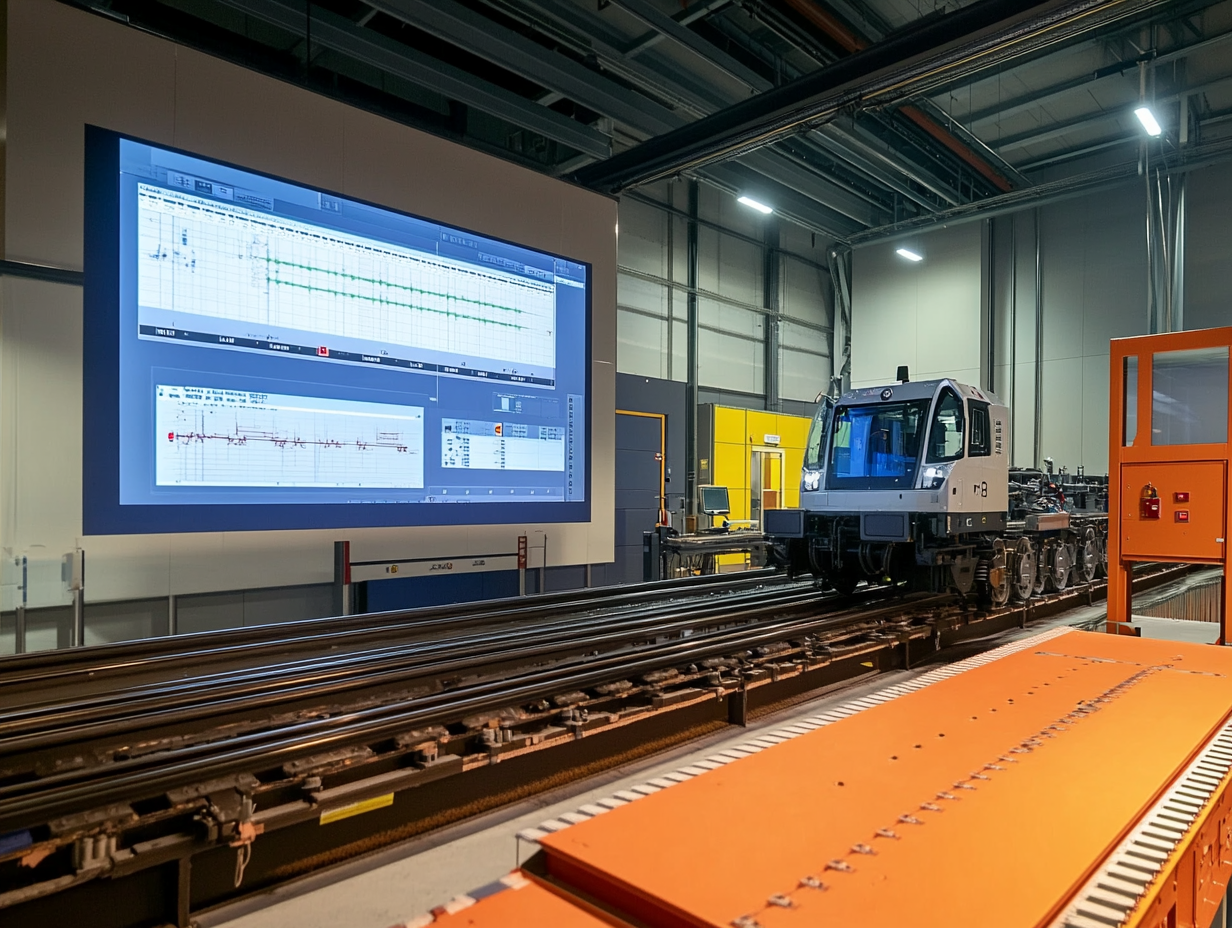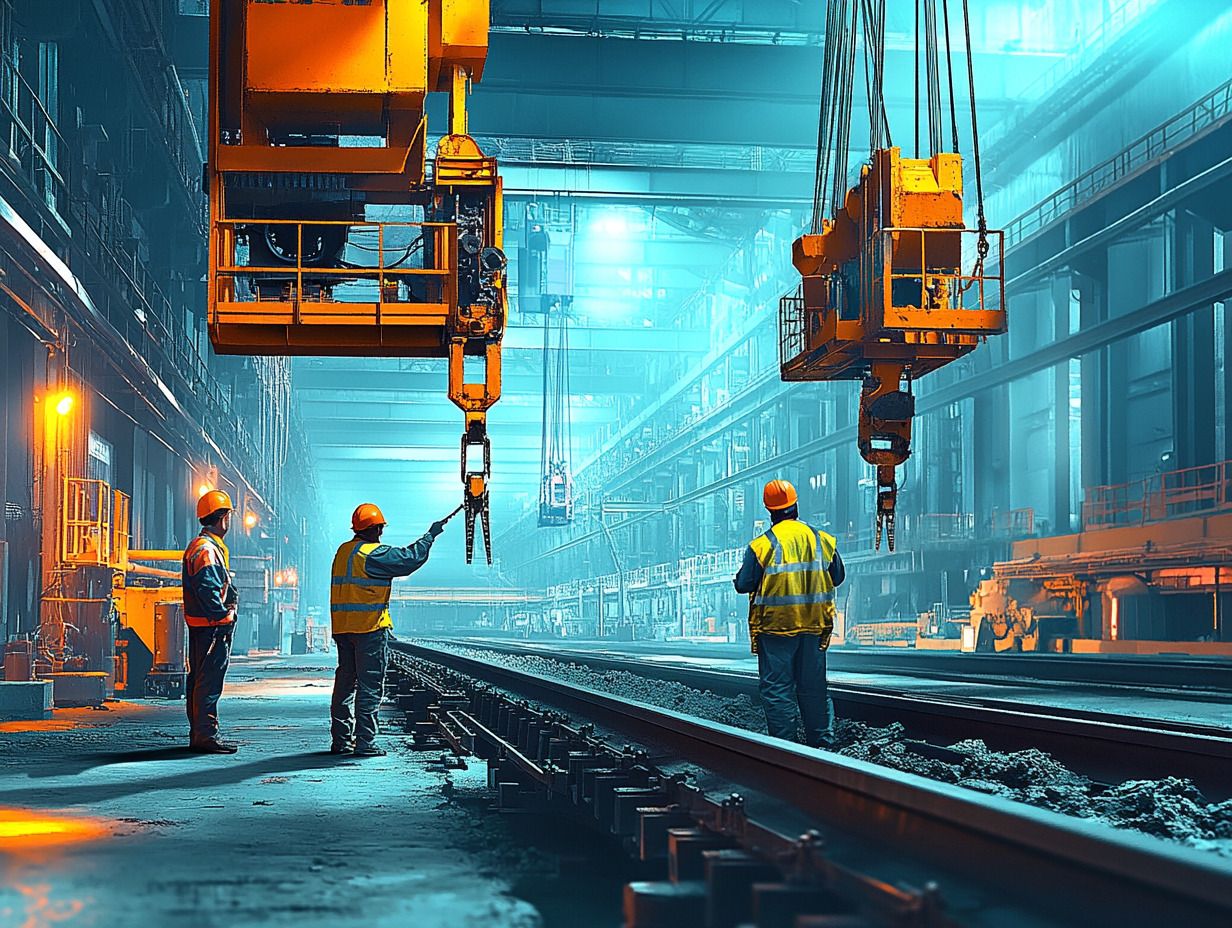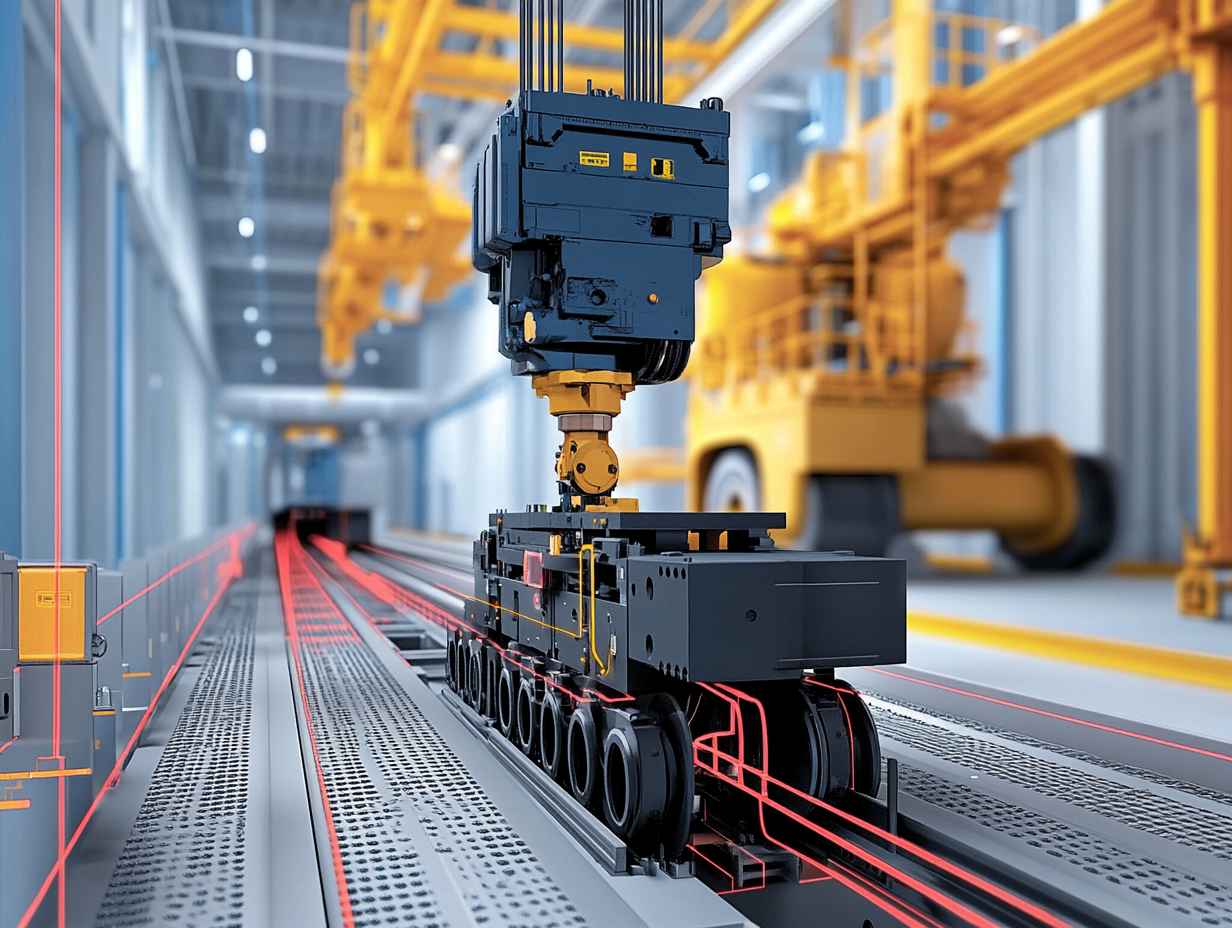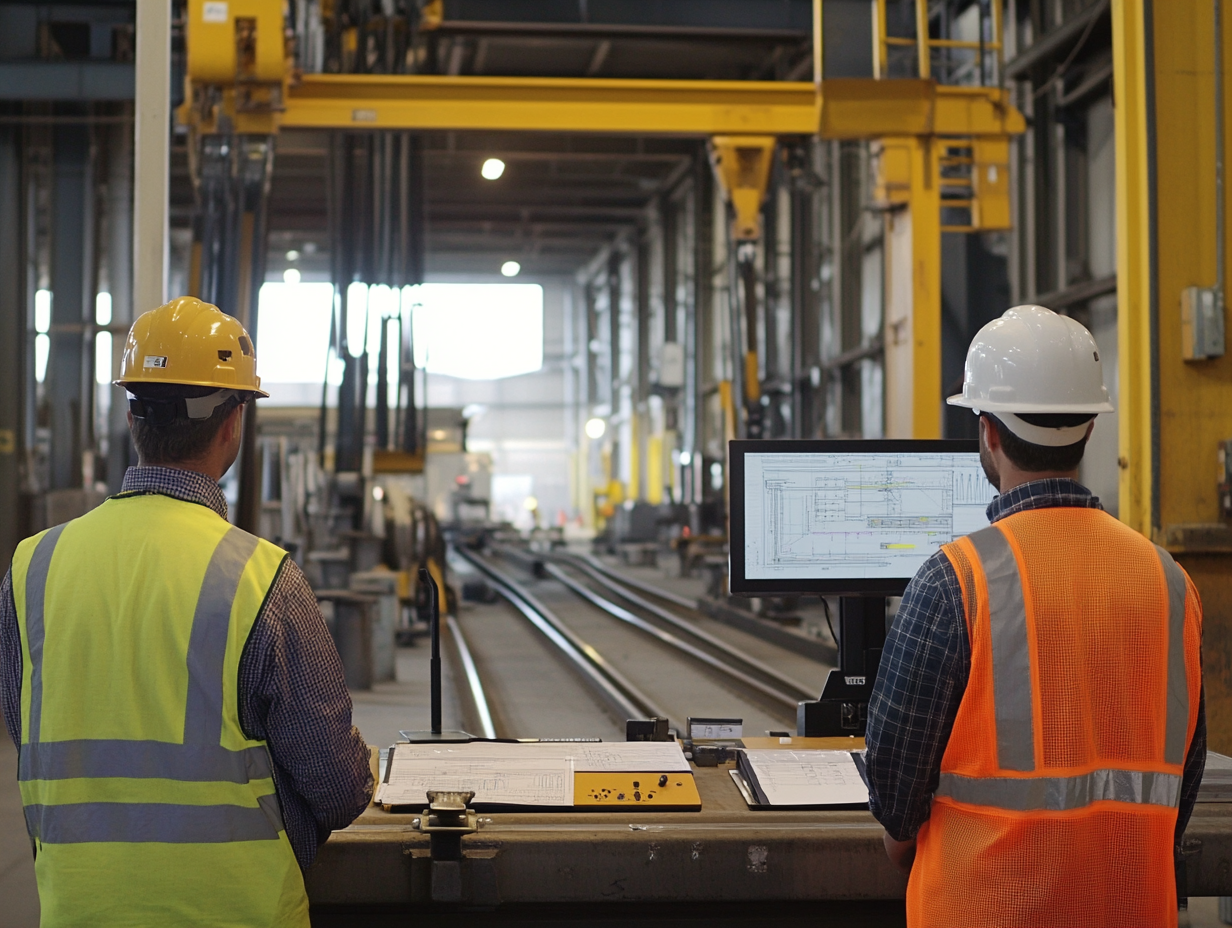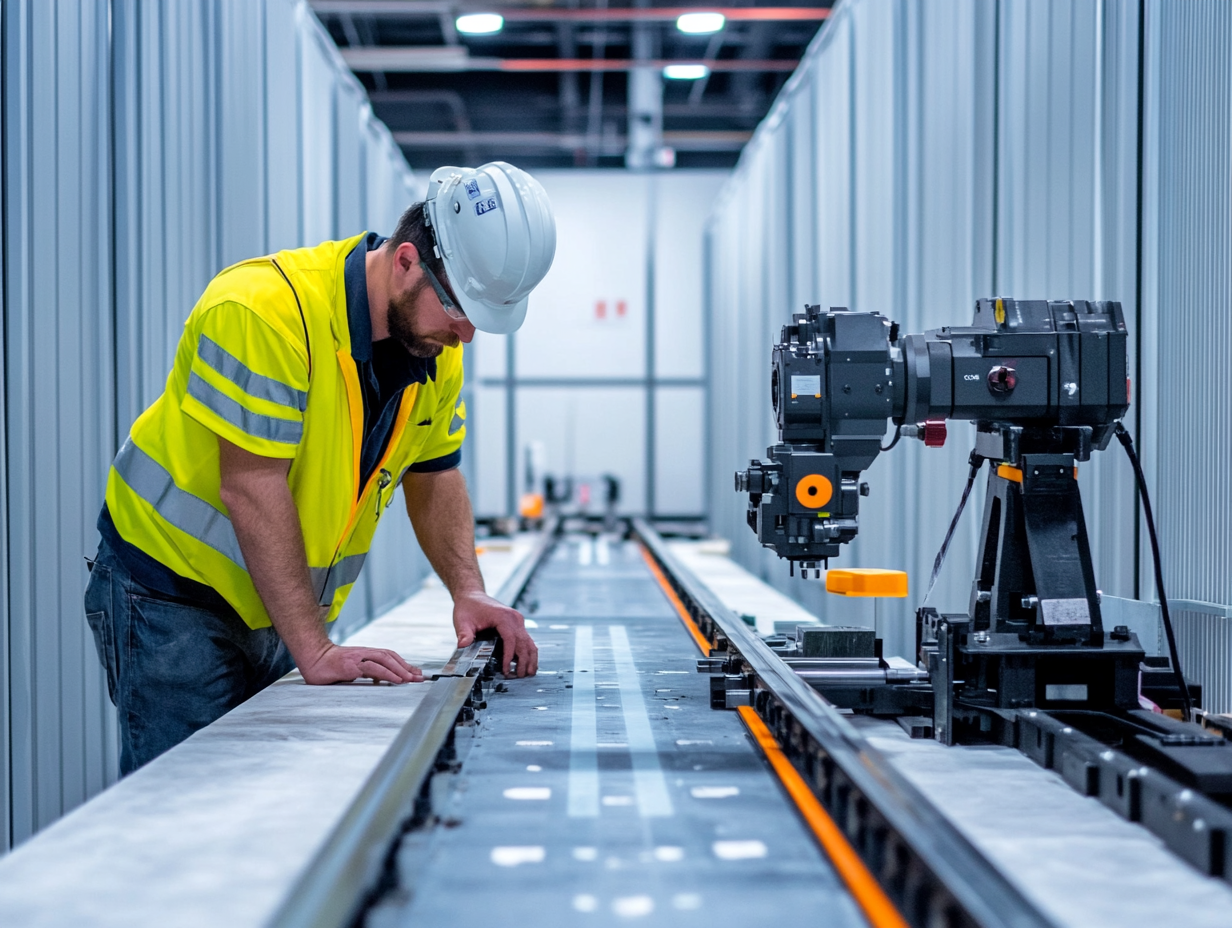The choice of rail profile significantly affects crane movement, load distribution, and long-term operational efficiency. Selecting the wrong profile can result in excessive wear, misalignment, and high maintenance costs. This blog explores how different rail profiles influence crane performance and what factors to consider for optimal selection.
Crane rails are subjected to continuous mechanical stress, heavy loads, and environmental factors, which can cause wear and deformation over time. Without proper management, these issues can lead to misalignment, increased maintenance costs, and safety risks. This blog explores the causes of rail wear, strategies to minimize deformation, and best practices for extending rail lifespan.
Ensuring stability and fatigue resistance in crane tracks is essential for maintaining safety, longevity, and operational efficiency. Over time, repeated loading and environmental factors can cause material fatigue, misalignment, and structural degradation. This blog explores the critical factors affecting stability, common fatigue issues, and best practices for preventing premature failures.
Crane tracks are subjected to heavy loads daily, making stability and fatigue analysis essential. Poorly designed crane tracks can lead to deformation, system failures, and costly downtime. This blog explores best practices for ensuring track stability and fatigue resistance.
For crane tracks to operate safely and efficiently, they must meet specific tolerance standards. Misaligned rails can cause excessive wear on crane wheels, rail bending, and system failures.


